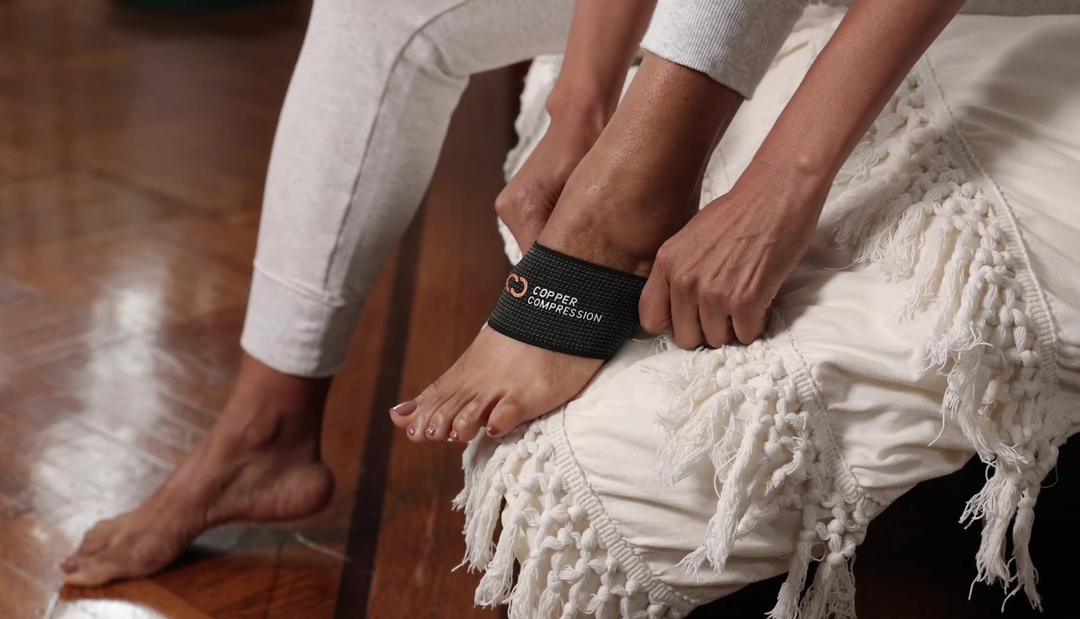What is Carpal Tunnel and How Can It Be Treated?
Want to hear a crazy statistic? 2 out of every 5 employed people use the internet for work. That’s 55.5% or roughly 730,000 currently employed people! With that, it’s no wonder that more and more people struggle with carpal tunnel syndrome. If you’re one of those people or are just looking to learn more about what carpal tunnel syndrome actually is, you’ve found the right place!
If you’re sick of wrist pain while typing, gaming, gardening, or just living life, read on: we’re going to go into the symptoms, causes, and treatments of the inflammation that’s sweeping the nation (in a bad way).
What is Carpal Tunnel Syndrome?
Carpal tunnel syndrome is a common condition that affects the hands and wrists, causes a good bit of pain, and stops us from getting a lot of work done.
But what is it? Buckle up, 'cause we’re getting medical:
The Carpal Tunnel is a narrow passageway in the wrist that houses the median nerve, as well as several tendons that control hand movement. When the median nerve becomes compressed or squeezed, it can cause pain and discomfort in the hand and wrist that is associated with carpal tunnel syndrome.
What Causes Carpal Tunnel Syndrome?
There are a lot of misconceptions about Carpal tunnel syndrome, the first being that only people who spend a lot of time on the computer get it. Not true! Carpal tunnel syndrome can be caused by various factors, including (but not limited to):
Repetitive hand and wrist movements:
- Typing
- Using a computer mouse
- Playing a musical instrument
Other causes:
- Arthritis
- Diabetes
- Pregnancy










